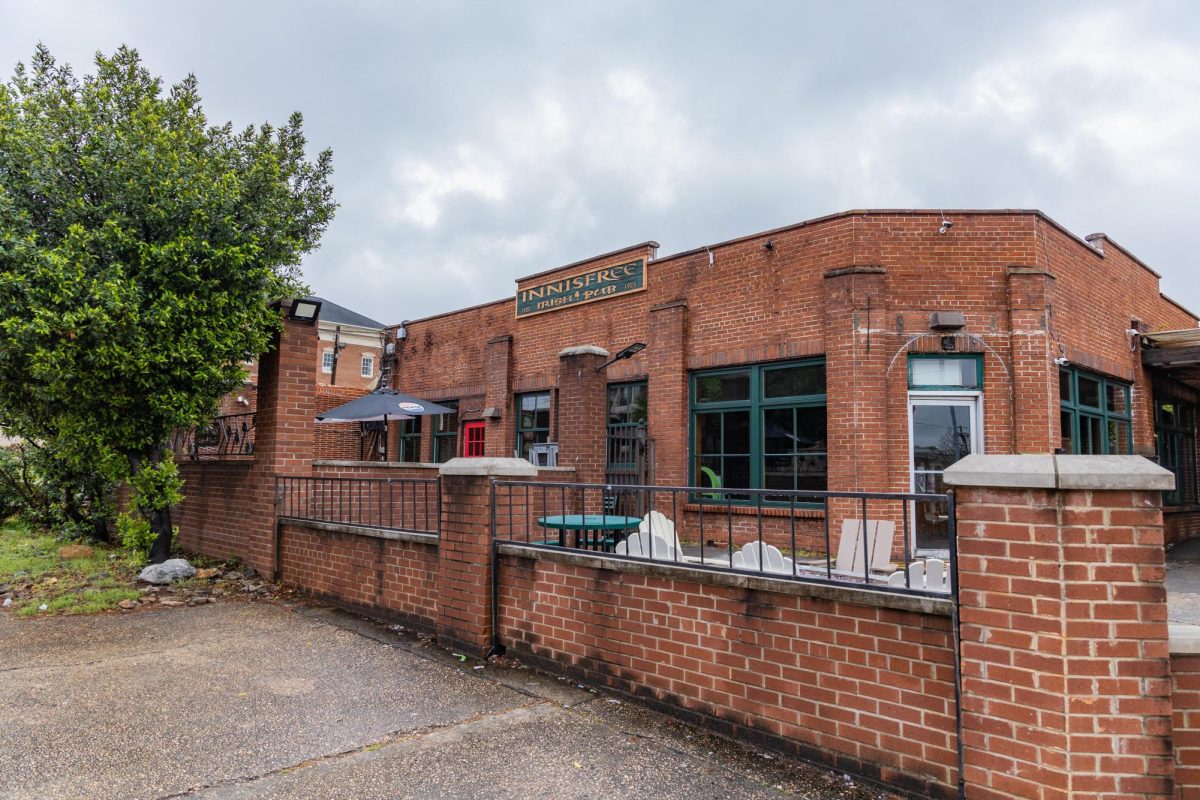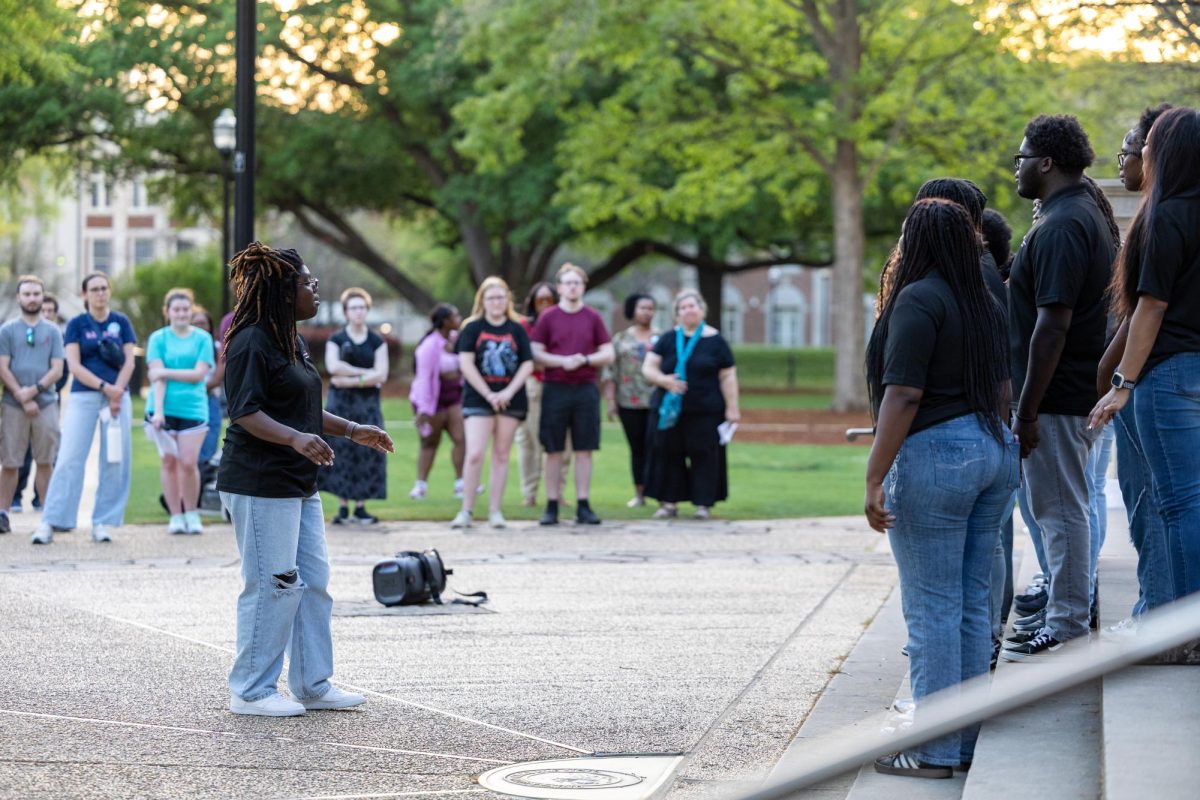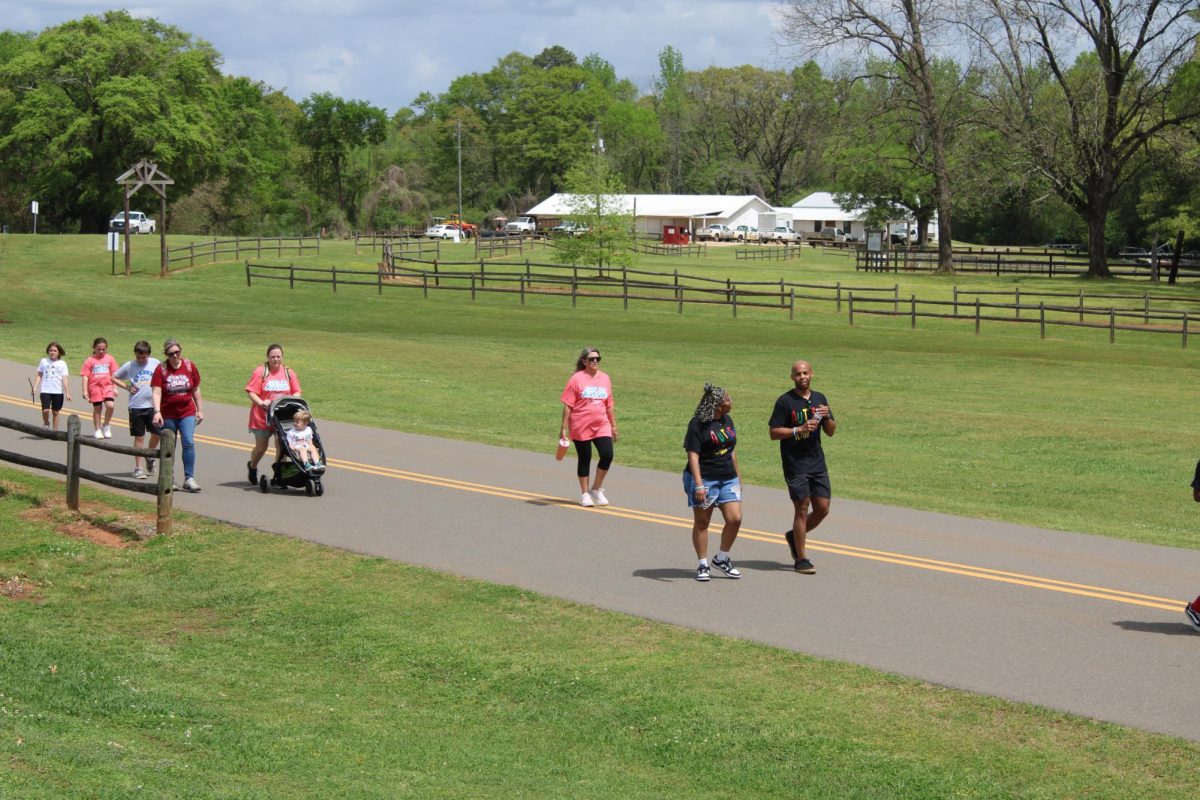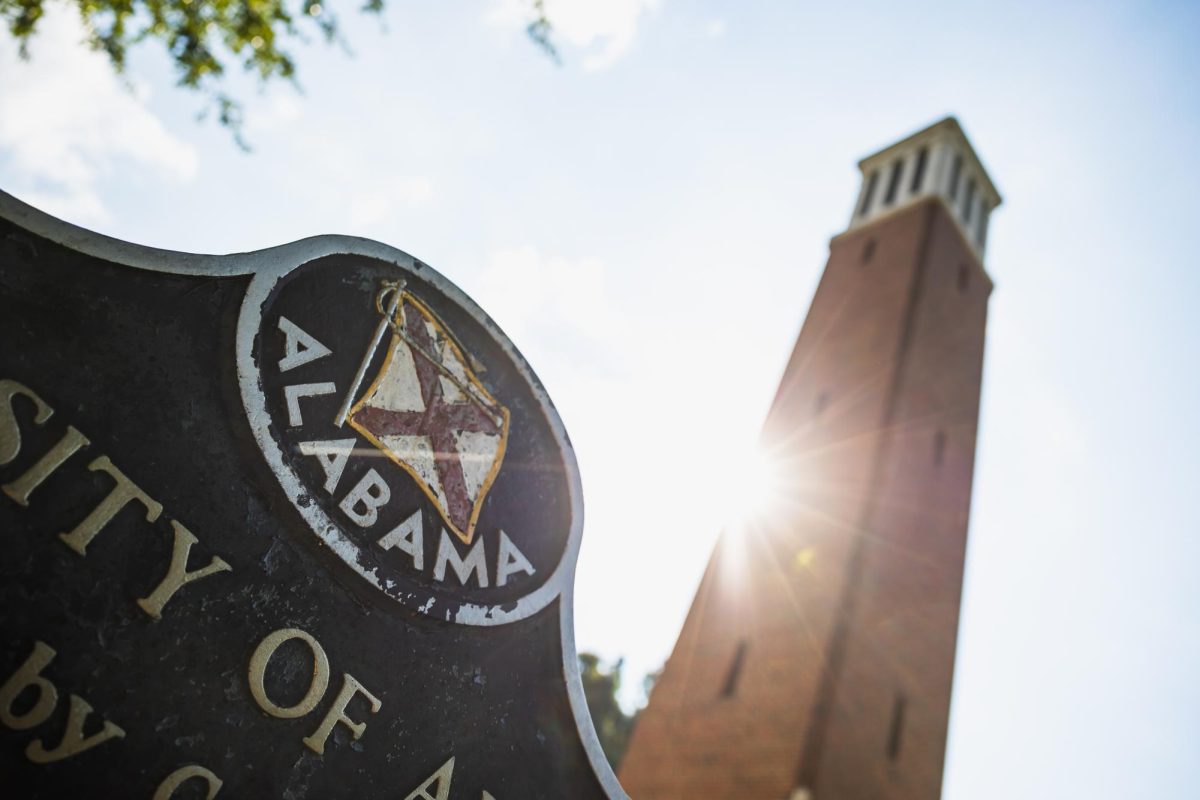The University of Alabama’s University Medical Center has teamed up with Tuscaloosa Fire and Rescue Service to create a program that provides services to low-emergency 911 calls in Tuscaloosa and helps to lower unnecessary ambulance transports and emergency room care.
ACTION, which stands for Appropriate Care and Treatment In Our Neighborhoods, partners paramedics from Tuscaloosa Fire and Rescue Services with advanced medical and mental health clinicians from the University Medical Center. Then, the appropriate health professionals will travel with first-responders in the “alternative response vehicles” when necessary to treat a 911 caller’s needs at the scene.
Tuscaloosa Fire Chief Alan Martin said combining the Fire and Rescue Services with the University Medical Center better ensures that 911 callers will receive the proper services while also reducing medical costs for patients. The program aims to keep the number of unnecessary emergency room visits to a minimum by treating some patients in their own homes.
Martin said this program provides more options to treat patients effectively, rather than leaving them with either no care or expensive treatment.
“Together they respond to low-acuity calls and provide treatment options for patients who do not need to be seen in the emergency room,” Martin said. “Before the ACTION program these patients would have been limited to refusing treatment or treatment at the Emergency Department and that is a far more costly and often unnecessary option.”
In a statement, Tuscaloosa Mayor Walt Maddox said initiatives like the ACTION program are progressive first steps to move toward better serving the people of Tuscaloosa.
“This forward-thinking program is the next step in providing swift and effective care to our citizens,” Maddox said in the statement. “ACTION will ensure the right care at the right time and ultimately reduce health care costs for patients and communities.”
The ACTION program, the first of its kind in the state of Alabama, is now available to all Tuscaloosa 911 calls that meet the low-emergency criteria.









